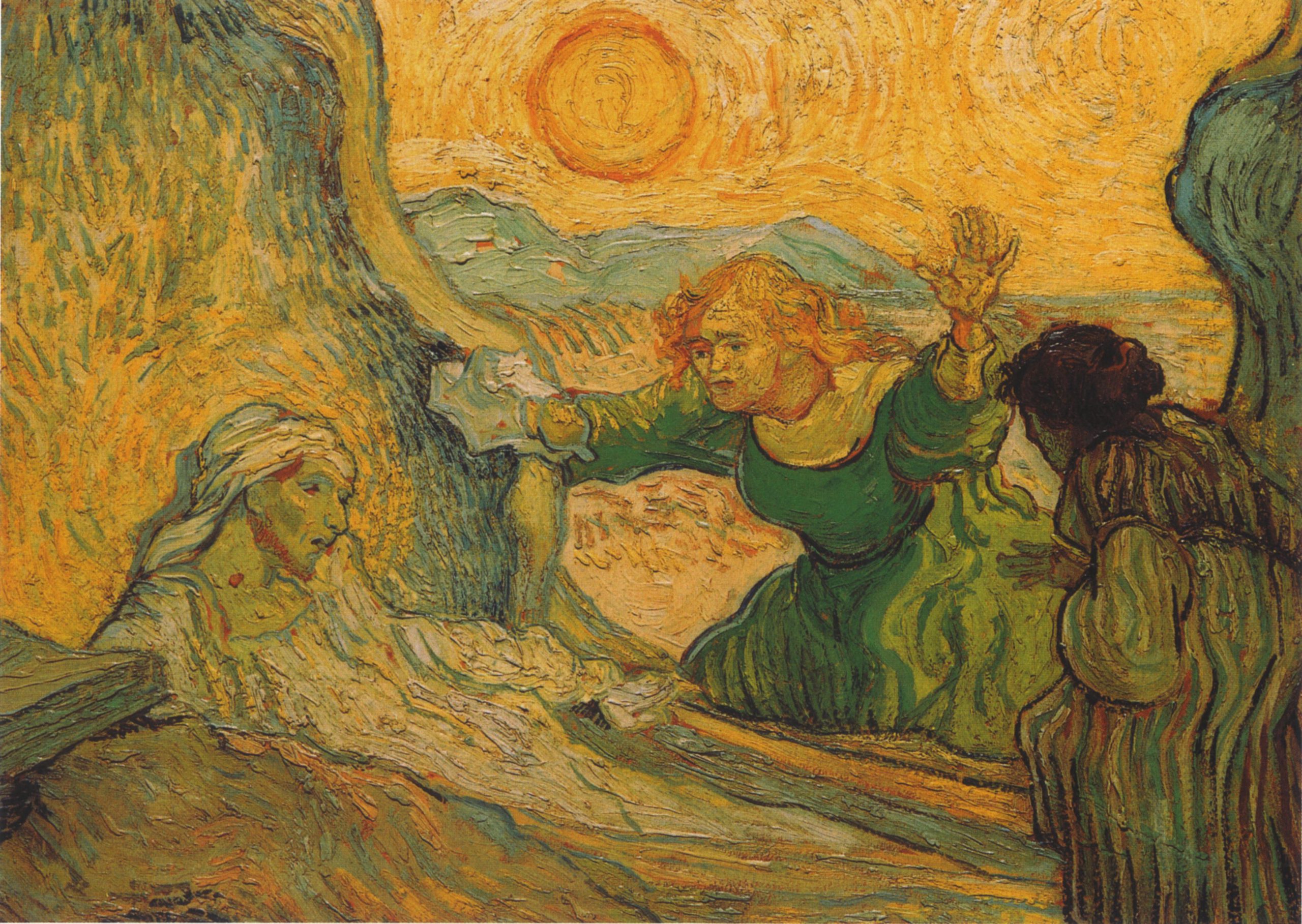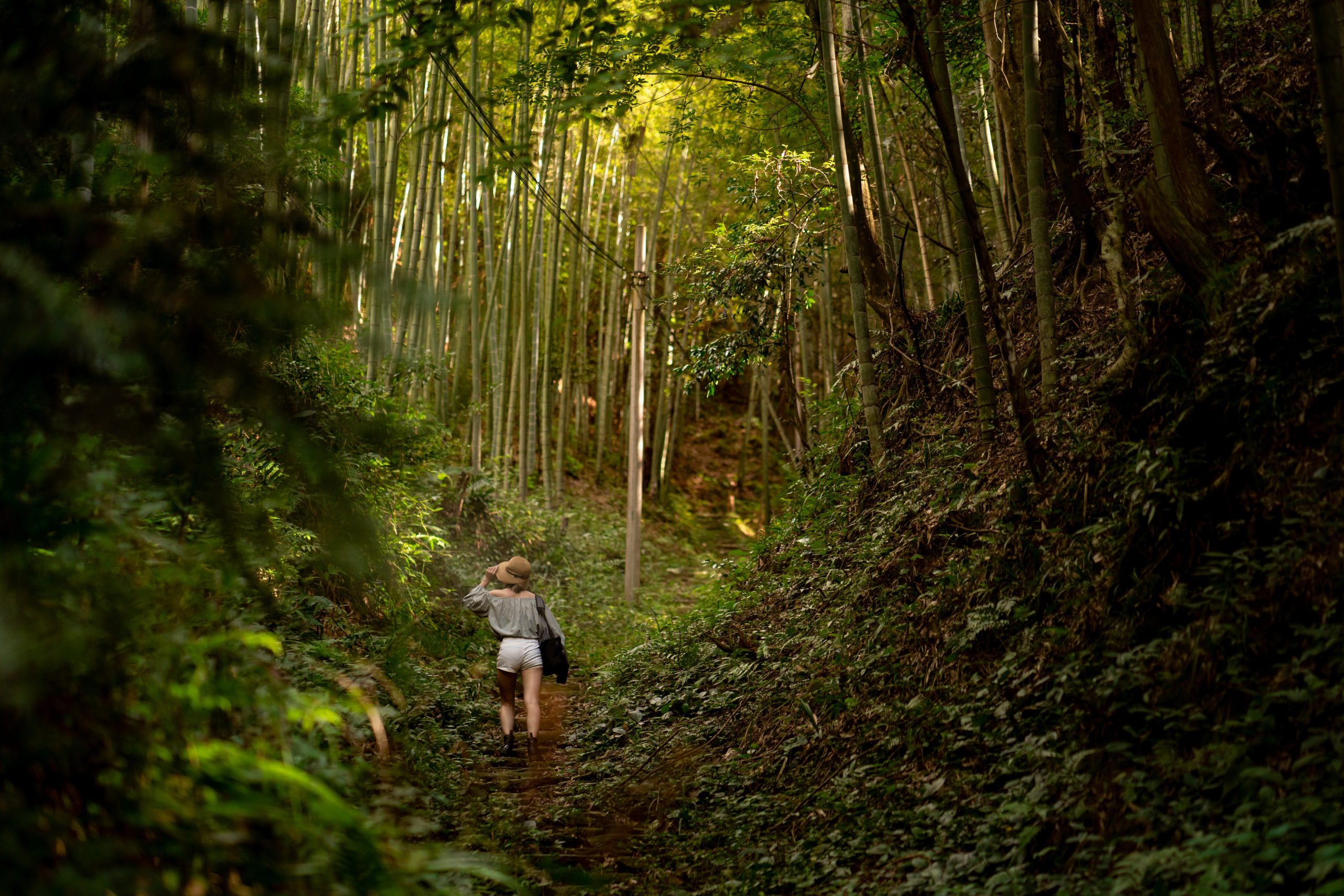
One of the most popular documentaries of the year so far takes viewers back to 1985, providing them with a front-row seat to the making of “We Are the World,” the massively popular, Grammy-winning charity single, written by Michael Jackson and Lionel Richie, that brought together a bevy of pop superstars, all in the name of raising money for famine relief in Africa. Netflix’s “The Greatest Night in Pop” is a hit of nostalgia for Gen-X kids who grew up with the song and will dig the film’s behind-the-scenes dish. (Waylon Jennings took off! Sheila E. got annoyed because they only wanted her there in the hopes that Prince would show up!) But its success is also a reminder that a good music documentary can bring together two great artforms — movies and music — in one irresistible package.
But now that you’ve seen “The Greatest Night in Pop,” you may be wondering what other docs are worth your time. This is not necessarily a list of the greatest music documentaries, but it should illustrate the breadth of ways in which such films can be made. Some are insider-y snapshots similar to the Netflix film, while others feature big names who were part of “We Are the World” — and not always in the best light. And some are just euphoric celebrations of incredible artists. Presented in chronological order, here are the music movies you need on your playlist.
“Dont Look Back” (1967)
Director D.A. Pennebaker specialized in direct cinema, an approach to moviemaking that emphasized the importance of light, portable cameras in order to create a greater intimacy between viewer and subject. That strategy worked brilliantly on this up-close-and-personal examination of Bob Dylan on tour in 1965 in the U.K., where he was treated like a god by his fans and regarded with skepticism by the press. “Dont Look Back” is an extraordinary act of demystification: The skinny, snotty Dylan is riding high on his newfound celebrity, but he’s more brat than prophet, which helps remind all of us who worship the man that he could be just as willful and obnoxious as any 23-year-old. Pennebaker’s grainy black-and-white images and Dylan’s iconic sense of style helped inspire the Cate Blanchett segment of Todd Haynes’ “I’m Not There,” but even that great film can’t quite do justice to the sex appeal and cheeky combativeness of the young Dylan.
“Woodstock” (1970)
Some musical moments, like the recording of “We Are the World,” you could only hope to witness. But the 1969 Woodstock Festival was a cultural event many attended — and plenty others lied about attending. For the rest of us, director Michael Wadleigh’s gargantuan documentary encompasses those three monumental days of peace and love. Edited by, among others, Martin Scorsese and Thelma Schoonmaker, “Woodstock” was three hours when it was released, and since then it’s been expanded to incorporate another 40 minutes, giving you performances from everyone from the Who to Jefferson Airplane to Sly and the Family Stone. But the festival, and the film, belongs to Jimi Hendix, who sets the night ablaze with incendiary renditions of “Purple Haze” and “Voodoo Child.” You’ll never hear “The Star-Spangled Banner” the same way again.
“Original Cast Album: Company” (1970)
For those confused by what the “Documentary Now” episode “Co-Op” was parodying, this D.A. Pennebaker film chronicled the recording of the cast album for Stephen Sondheim’s beloved “Company.” Not unlike “The Greatest Night in Pop,” “Original Cast Album: Company” takes you there as the magic (and the tension and the egos) happens, providing a glimpse of the hard work that goes into artistry. Long hard to find, it’s currently streaming on Max and the Criterion Channel, those indelible songs and the indelible singers who brought them to life (like Elaine Stritch and Dean Jones) forever preserved.
“Gimme Shelter” (1970)
The Rolling Stones have released a series of concert films over the years, but “Gimme Shelter” is something else — a dark, sobering portrait of a band (and an era) on its way to a reckoning. Directed by Albert Maysles, David Maysles and Charlotte Zwerin, the documentary follows Mick Jagger and his mates across America on a triumphant tour, their final stop being the Altamont Free Concert in Northern California. The film captures the seductive power of the Stones onstage and off — watching them in the studio quietly grooving to “Wild Horses” is hypnotic — but their hedonism and arrogance seem destined to combust, which it does in the movie’s devastating final section. It’s possible Jagger has never looked more haunted than in one pivotal moment in “Gimme Shelter” — once you see it, you’ll never be able to shake it.
“The Last Waltz” (1978)
In 1976, the Band decided to call it quits, throwing a farewell concert on Thanksgiving of that year, inviting some of their famous pals to jam with them. Director Martin Scorsese and Band mastermind Robbie Robertson’s friendship lasted decades — Robertson died last year at the age of 80 — and the filmmaker’s most enduring gift to him was this sweeping document of the group’s swan song. Intercut with interviews with the Band looking back on their career and telling bizarre, hilarious stories, “The Last Waltz” isn’t just a salute to the roots-rock group but, also, the artists they met along the way. In their respective guest spots, Eric Clapton wails on the guitar, Van Morrison lets loose, Neil Young gets soulful, Joni Mitchell weaves a spell, Bob Dylan rules the roost and — I swear to god — Neil Diamond steals the show. If you needed one more reason to miss the Band’s late, dazzling vocalists Rick Danko, Levon Helm and Richard Manuel, “The Last Waltz” is a concert film that will get you teary-eyed.
“Stop Making Sense” (1984)
In the late 1970s, Talking Heads were a brainy New York postpunk group playing CBGB. By the time they released their 1983 album “Speaking in Tongues,” they were practically pop stars, riding high on their hit single “Burning Down the House.” Directed by Jonathan Demme, who would go on to win the Oscar for “The Silence of the Lambs,” “Stop Making Sense” witnessed the group at the height of their powers on tour as they expanded their lineup to include backup singers and ace instrumentalists like keyboardist Bernie Worrell. No concert film better captured the intensity and intimacy of a band on stage, Demme rejecting the cheesy cutaways to the crowd that had become familiar in the genre. Any theater that plays “Stop Making Sense” becomes a dance party pretty damn soon, with audiences thrilling to frontman David Byrne’s chameleonic, performance-art showmanship. It’s a once-in-a-lifetime event.
“Dig!” (2004)
Great movies have been made about infamous rivalries, but few of them are as messy as the one depicted in “Dig!” Spotlighting two bands (and two frontmen) who were initially friends, Ondi Timoner’s documentary spends approximately seven years with the Dandy Warhols and the Brian Jonestown Massacre, watching as one becomes successful and the other one implodes. The film is a riveting look at Courtney Taylor-Taylor and Anton Newcombe, polar opposites who led their respective groups, asking the audience to question what exactly “selling out” means — and whether self-destructing is a sign of punk purity or a lack of discipline. Both bands denounced “Dig!,” but for music lovers who want to see the pettiness, vanity and competitiveness of rock ‘n’ roll laid bare, the movie is a total banger. (And keep an eye out for a great new anniversary cut of the film that just premiered at Sundance.)
“Under Great White Northern Lights” (2009)
When the White Stripes first rose to prominence, guitarist Jack White and drummer Meg White insisted they were siblings, even though journalists quickly started to discover the truth: They had actually been married for a brief time. The ruse might have been shattered, but it nonetheless added to this garage-rock duo’s mystique, which was on full display in this stunning documentary about the band’s 2007 tour of Canada. Emmett Malloy, who had directed a few White Stripes videos with his brother Brendan, highlighted the group’s primitive power on stage, but what makes “Under Great White Northern Lights” so arresting is what else he finds on the road. Jack and Meg might have gotten divorced, but they remained soulmates of a sort, and Malloy respectfully probes that complicated relationship, offering all kinds of clues as to why the White Stripes would close up shop not long after. The film chronicled the band’s very last tour — they went out in a blaze of glory.
“Leaving Neverland” (2019)
Some music documentaries pay lip service to the ugly side of the industry. And then there’s producer-director Dan Reed’s searing examination of two young men’s claims that Michael Jackson sexually abused them when they were boys. With a minimum of frills, “Leaving Neverland” spends four hours listening to Wade Robson and James Safechuck, who tell their heartbreaking stories of adoring the King of Pop, only to discover what happened when he invited them into his orbit. Once you absorb their accusations and learn how they’ve coped since encountering Jackson, you may find yourself revisiting the whole “separating the art from the artist” debate. (Also worth checking out: Kirby Dick and Amy Ziering’s 2020 documentary “On the Record,” which spotlights sexual misconduct allegations against hip-hop impresario Russell Simmons.)
“Summer of Soul (… or, When the Revolution Could Not be Televised” (2021)
In the same manner as “The Greatest Night in Pop,” Questlove’s deserving Best Documentary winner collects a wealth of eyewitnesses to recreate a memorable musical happening. The difference, however, is that what “Summer of Soul” spotlights had risked being forgotten: the 1969 Harlem Cultural Festival, which was nicknamed the Black Woodstock. The performances are revelatory — check out a young Stevie Wonder in full bloom — but so are the stories told by artists and attendees, some of them getting emotional talking about a concert series that provided healing and community to Black Americans during a tumultuous time. Because “Summer of Soul” hit theaters during COVID, many have only experienced this deeply moving, stunning display of R&B, soul, pop and funk on the small screen. You owe it to yourself to see it projected large (and loud) if you ever have the opportunity.




